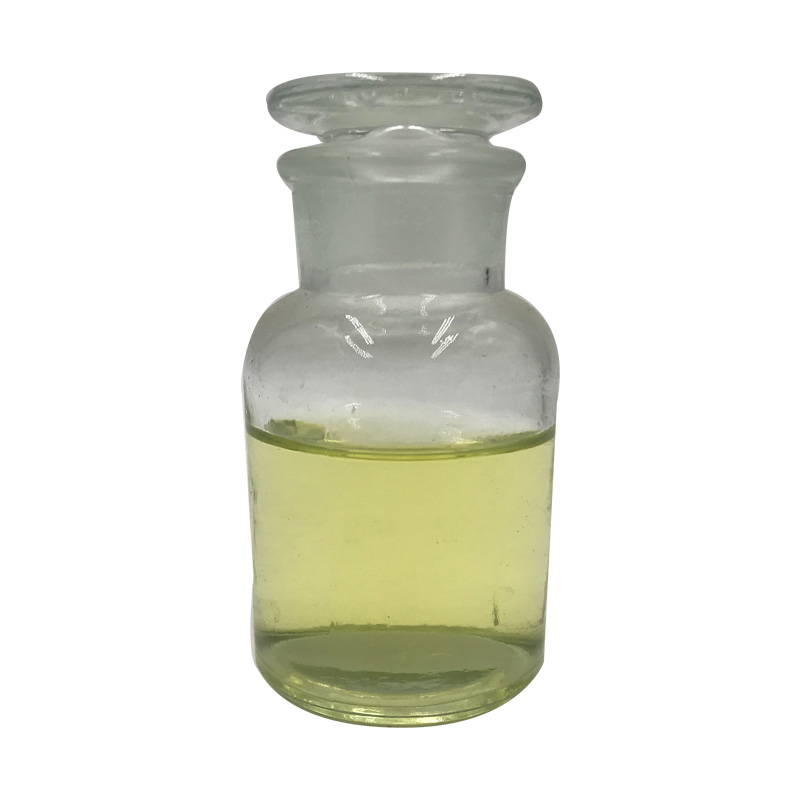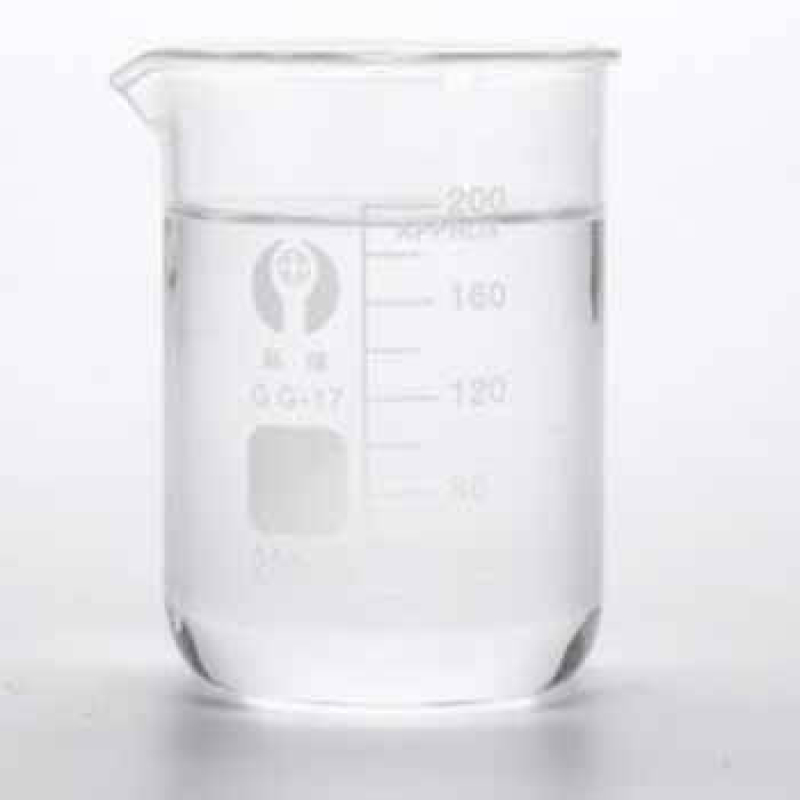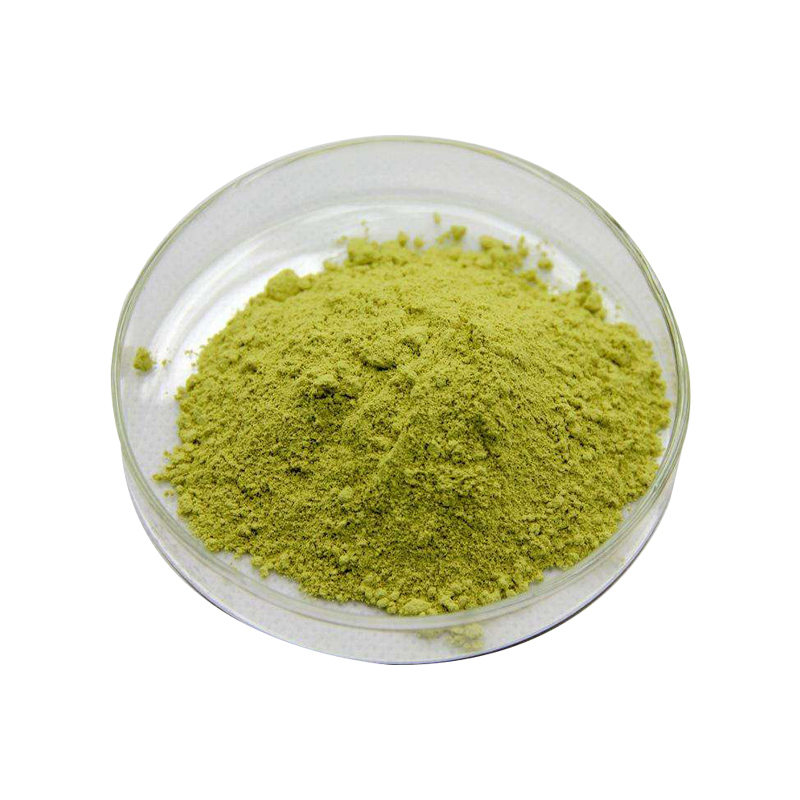Products Description of Styrenated phenol CAS#61788-44-1Light yellow to amber viscous liquid.
Contact Now
Products Description of CETEARYL ALCOHOL CAS#8005-44-5Cetostearyl alcohol is in the form of white granules, flakes or blocks, has a greasy smell, and is a transparent oily liquid after melting.
Contact Now
Products Description of Sodium Hydroxymethanesulphinate CAS#149-44-0Sodium bisulfite formaldehyde is translucent white orthorhombic crystals or small pieces. Apparent density 1.80~1.85g/cm3. Easily soluble in water, slightly soluble in alcohol. It has extremely strong reducing properties under high temperature and can make the dyed color disappear, so it is known as the chemical book of hanging white blocks. It decomposes when exposed to acid, and decomposes at 120°C to produce toxic gases such as formaldehyde and hydrogen sulfide.
Contact Now
Products Description of Clavulanic acid CAS#58001-44-8Clavulanate Potassium, trade name potassium clavulanate, is an oxopenicillin β-lactamase inhibitor, which is a β-lactam ring and a hydrogenated isoxazole ring.
Contact Now
Products Description of 6,7-Dimethoxyquinazoline-2,4-dione CAS#28888-44-06,7-Dimethoxy-2,4-quinazolinedione (doxazosin EP impurity D) is a chemical crystalline compound with a melting point of >300°C, an intermediate of prazosin hydrochloride.6,7-Dimethoxyquinazoline-2,4-dione Chemical PropertiesMelting point >300 °C (lit.)Boiling point 363.37°C (rough estimate)density 1.3404 (rough estimate)refractive index 1.6300 (estimate)storage temp. 2-8°Csolubility Aqueous Acid (Sparingly)pka10.27±0.20(Predicted)color White to Off-WhiteWater Solubility i
Contact Now
Products Description of Triethylamine CAS#121-44-8 Triethylamine (molecular formula: C6H15N), also known as N,N-diethylethylamine, is the simplest homotrisubstituted tertiary amine. It has the typical properties of tertiary amines, including salt formation and oxidation. Triethylamine has no reaction in the Hisberg reaction. It is a colorless to light yellow transparent liquid with a strong ammonia odor and a slight smoke in the air. Boiling point: 89.5℃, relative density (water = 1): 0.70, relative density (air = 1): 3.48, slightly soluble in water, soluble in ethanol and ether.
Contact Now
Products Description of Spermine CAS#71-44-3 Spermine is a polyamine substance containing two amino groups and two imino groups. It is produced in the body by putrescine (butanediamine) and S-adenosylmethionine catalyzed by various enzymes. It and spermidine are both present in bacteria and most animal cells and are important substances that promote cell proliferation. Under acidic conditions, it exhibits the characteristics of polycationic polyamines and can bind to DNA in viruses and bacteria.
Contact Now
Products Description of Phthalic Anhydride CAS#85-44-9Phthalic anhydride, referred to as phthalic anhydride, is an important chemical raw material.
Contact Now
Products Description of 1-Chloroisoquinoline CAS#19493-44-81-Chloroisoquinoline can be used as a pharmaceutical synthesis intermediate, such as the preparation of the compound 1-phenylisoquinoline.
Contact Now
Products Description of 7-Diethylamino-4-methylcoumarin CAS#91-44-17-Diethylamino-4-methylcoumarin is a vital organic compound with a spectrum of applications, predominantly utilized as a fluorescent brightening agent in the textile and paper industries, enhancing the whiteness and brightness of materials. Our collaboration cases exemplify its integration in improving the luminosity of various products, a testament to its effectiveness in real-world applications.
Contact Now
Products Description of N-Methyl-2-pyrrolidone CAS#2687-44-7N-methyl-2-pyrrolidone is a nitrogen-containing five-membered heterocyclic compound. It has a wide range of applications due to its following excellent properties: It has high polarity and is completely miscible in most organic solvents (alcohols, ethers, ketones, aromatic hydrocarbons, chlorinated hydrocarbons, etc.). It has high solubility in organic and inorganic substances. It can be miscible with water in any proportion. It has a higher flash point than other similar solvents.
Contact Now
Products Description of Tetrahydro-4-pyranol CAS#2081-44-9Tetrahydropyran-4-ol is a colorless transparent liquid at room temperature and pressure. It has good polarity and hydrophilicity and can be used as a solvent in organic synthesis. The structure of tetrahydropyran-4-ol contains a tetrahydropyran unit and an active hydroxyl structure, and has high chemical reactivity and diverse chemical conversion properties. The tetrahydropyran-4-ol molecule contains a hydroxyl structure, so it has a certain polarity.
Contact Now
Products Description of 4-Aminoisoquinoline CAS#23687-25-44-Aminoisoquinoline is a white powdery crystal.CAS No.
Contact Now
Products Description of PTBP CAS#98-54-44-tert-Butylphenol is a white crystalline solid under normal temperature and pressure. It is easily soluble in organic solvents such as ethanol, ether, and benzene, and is insoluble in water.
Contact Now
Products Description of 5-Bromothiophenesulfonyl Chloride CAS#55854-46-15-Bromothiophene-2-sulfonyl chloride is an organic compound.5-Bromothiophenesulfonyl Chloride Chemical PropertiesMelting point 40-44 °C (lit.)Boiling point 100-102 °C/0.5 mmHg (lit.)density 1.985±0.06 g/cm3(Predicted)Fp >230 °Fstorage temp. Keep in dark place,Inert atmosphere,Store in freezer, under -20°Cform crystalline powdercolor Off-white/ faint lemonSensitive Moisture SensitiveCAS DataBase Reference55854-46-1(CAS DataBase Reference)Safety InformationHazard Cod
Contact Now
Products Description of Magnesium carbonate hydroxide CAS#39409-82-0This product is white monoclinic crystal with a relative density of 2.254. It is slightly soluble in water and easily soluble in dilute acid. It will foam and decompose in acid to release carbon dioxide. It will generate magnesium oxide and carbon dioxide when heated and calcined.Magnesium carbonate hydroxide Chemical Propertiesdensity 2.16RTECS FG1797000storage temp. 2-8°Cform Solidcolor WhiteOdorat 100.00?%. odorlessWater Solubility Soluble in water.
Contact Now
Products Description of 4-Chloroquinoline CAS#611-35-84-Chloroquinoline is a key intermediate commonly used in the synthesis of quinoline derivatives with important biological activities.
Contact Now
Products Description of Xylazine Hydrochloride CAS#23076-35-9Xylazine hydrochloride, also known as xylazine hydrochloride, is a sedative veterinary drug.
Contact Now
Products Description of Benzyltributylammonium bromide CAS#25316-59-0Benzyl tributylammonium bromide is an organic substance with the chemical formula C19H34BrN, a white powder.
Contact Now
Products Description of Benzyltributylammonium bromide CAS#25316-59-0Benzyl tributylammonium bromide is an organic substance with the chemical formula C19H34BrN, a white powder.
Contact Now
Products Description of Methotrexate CAS#59-05-2This product is a good anti-tumor drug and is used for acute lymphoblastic leukemia, lymphoma, malignant hydatidiform mole, choriocarcinoma, squamous cell carcinoma, lung cancer, cervical cancer, breast cancer and osteosarcoma Chemicalbook. 90% of the original drug of methotrexate is excreted in the urine 12 hours after oral administration, and the main metabolite is 7-hydroxymethotrexate.
Contact Now
Products Description of Naphthalene CAS#91-20-3Naphthalene is the simplest condensed ring aromatic hydrocarbon with a chemical formula of C10H8. It is formed by the fusion of two benzene rings sharing two adjacent carbon atoms.
Contact Now
Products Description of 1,3-Butanediol CAS#107-88-0Transparent colorless hygroscopic viscous liquid with a weak special taste. Almost odorless. Boiling point 207.5℃, relative density (4:1.0059, refractive index (nD20) 1.4401, freezing point <-50℃, flash point 121.1℃. Has a certain antibacterial effect.
Contact Now
Products Description of Cobalt Acetate CAS#71-48-7Cobalt acetate is a purple-red crystal that is easily deliquescent and is soluble in water, acid and ethanol.Cobalt acetate Chemical PropertiesMelting point 298 °C (dec.)(lit.)density 1.7043g/cm3solubility Aqueous Acid (Slightly), Water (Slightly)form Powdercolor Pale pink to purpleWater Solubility Soluble in water, alcohol, dilute acids and pentyl acetate(tetrahydrate).Sensitive HygroscopicMerck 14,2433Stability:HygroscopicInChIKeyQAHREYKOYSIQPH-UHFFFAOYSA-LLogP-0.285 (est)CAS DataBase Referenc
Contact Now



































